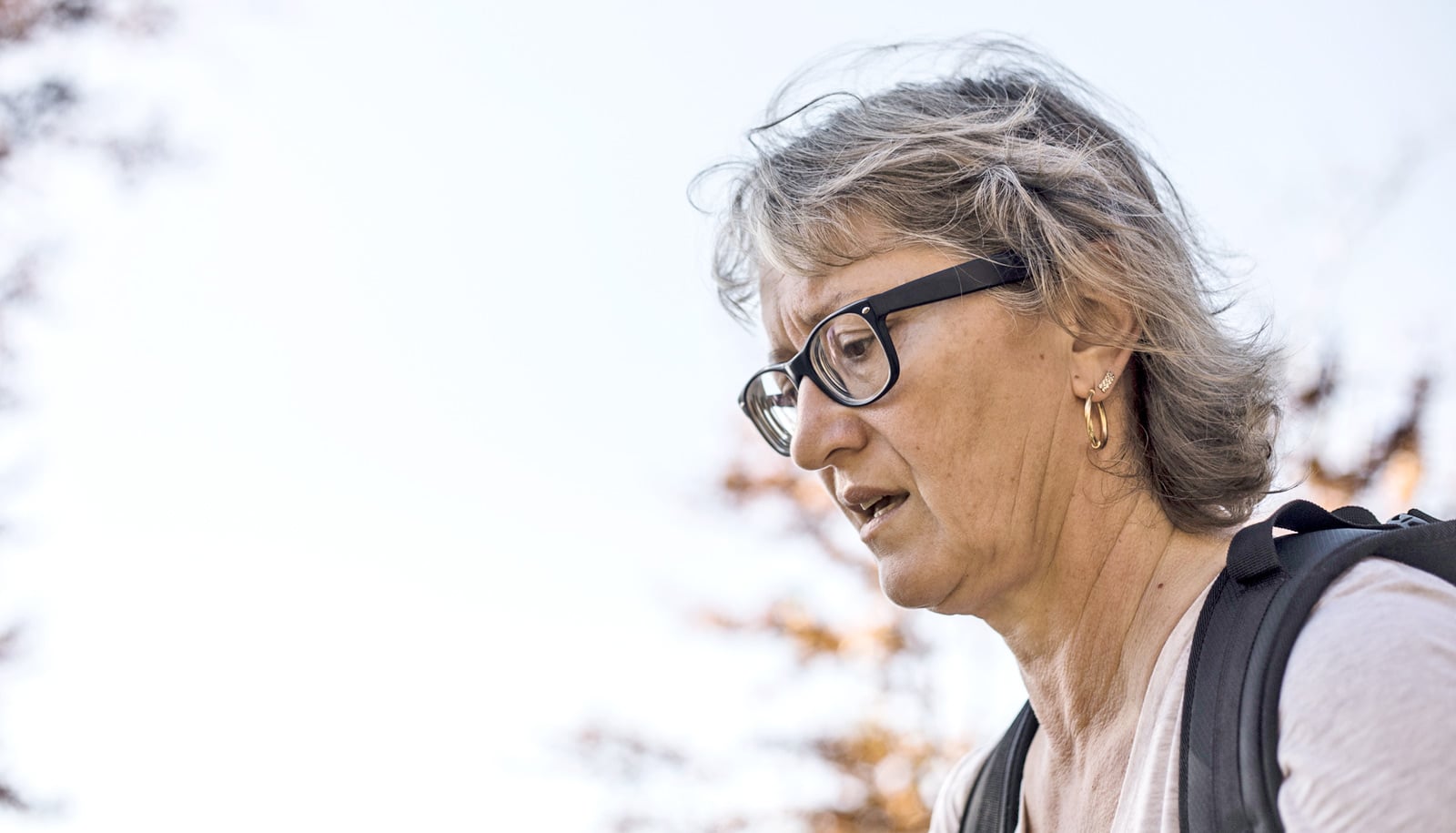Patients who beat cancer years or even decades ago still become fatigued more quickly than people without cancer histories, a new study shows.
“The main goal of cancer treatment has been survival, but studies like this suggest that we need also to examine the longer-term effects on health and quality of life.”
In a long-term aging study, cancer survivors reported more fatigue after treadmill tests and, on average, they walked slower than participants who had never had cancer, the scientists found.
“The main goal of cancer treatment has been survival, but studies like this suggest that we need also to examine the longer-term effects on health and quality of life,” says senior researcher Jennifer A. Schrack, assistant professor of epidemiology at Johns Hopkins University.
Successful cancer treatment has left a growing population of cancer survivors: 16 million in the United States as of 2016. But studies suggest that the lingering negative impacts of cancer treatments often resemble an accelerated aging process, with effects including cognitive impairments, heart disease, secondary cancers, and—documented in this new study in Cancer—fatigue.
Fatigue as a general feeling is difficult to measure in an objective way. Schrack and colleagues at the Bloomberg School of Public Health examined it in the context of physical exertion.
Their data came from the Baltimore Longitudinal Study of Aging, a project that has enrolled thousands of people in the Baltimore/Washington area since 1958. BLSA generally follows people for life, conducting periodic health checks. Since 2007, these checks have included measures of endurance and “fatigability” during walks and treadmill tests.
“Researchers at the National Cancer Institute suggested that we look at these BLSA data to see if there were differences in otherwise healthy older adult cancer survivors,” Schrack says. “We were surprised by the magnitude of the differences we found.”
New biomarkers could diagnose chronic fatigue
The fatigability test involved a five-minute treadmill walk, after which BLSA participants rated their perceived exertion on a scale of 6 to 20. Ratings over 10 were considered “high perceived fatigability.”
After adjusting for gender- and health-related differences between 334 participants who had a history of cancer and 1,331 who didn’t, the researchers found that a cancer history was associated with a 1.6 times greater risk of high perceived fatigability.
By comparison, being older than 65 years brought a 5.7 times greater risk of high perceived fatigability—implying that the effect of a cancer history was more than a third as large as the effect of aging past 65.
Similarly, a cancer history was associated with 400-meter walk times averaging 14 seconds slower than those for participants with no cancer history—which again was a bit more than a third of the slowing effect (36 seconds) that came from aging past 65. The over-65 participants with a cancer history also deteriorated more steeply in their endurance-walk times from one checkup to the next, compared to those without a cancer history.
“These findings support the idea that a history of cancer is associated with higher fatigability and that this effect worsens with advancing age,” Schrack says.
The best option for cancer fatigue isn’t a pill
The researchers aim to follow-up with studies of larger groups of cancer survivors for whom there are more data on cancer type, treatment type, and other important factors. Such studies could distinguish the long-term adverse effects of different cancer treatment regimens, and could even help reveal the biological mechanisms underlying those adverse effects.
“The long-term goal is that doctors and patients will be able to take those specific long-term effects into account when they decide how to treat different cancers,” Schrack says.
The National Cancer Institute and National Institute of Aging paid for the study. NIA funds the Baltimore Longitudinal Study of Aging.
Source: Johns Hopkins University



